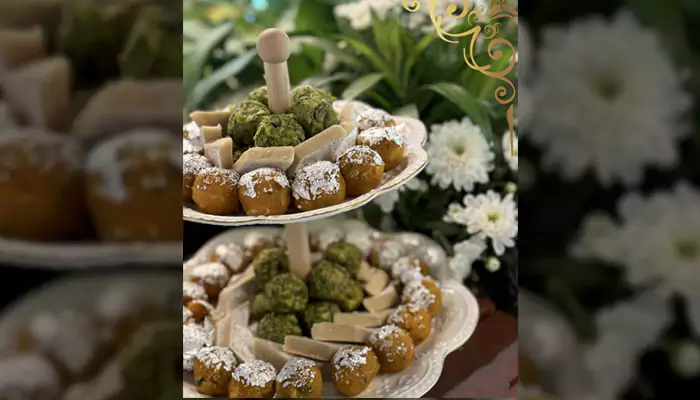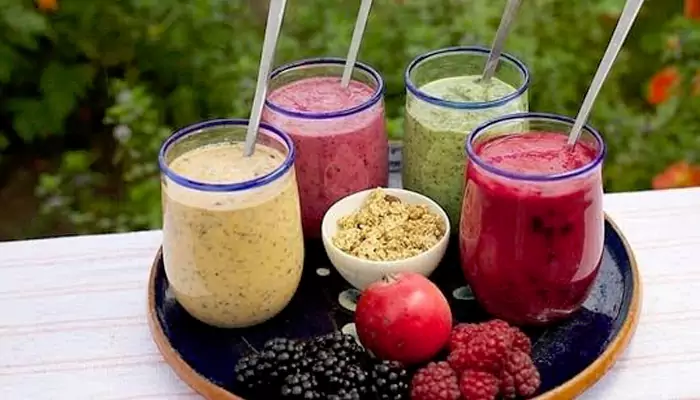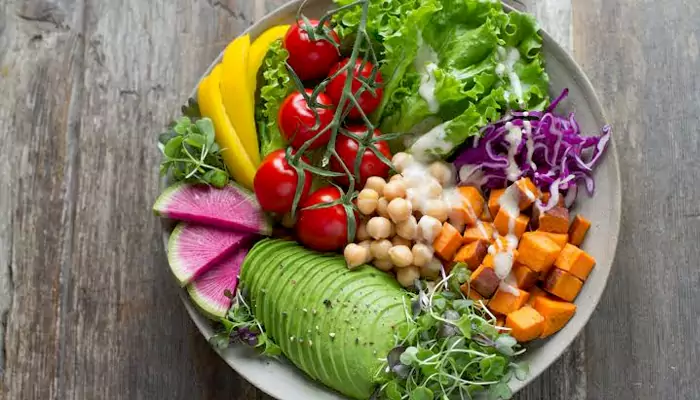Essential Herbs And Spices You Should Have In Your Pantry To Prepare Authentic Italian Dishes: Explore Their Uses
- Satavisha
- 1 year ago
- 4 minutes read

Traditional Italian cuisine does not rely on a list of unusual or rare ingredients but only the best ones. With the right choice of spices and herbs, you can boost the flavour and aroma of every Italian dish.
In the Mediterranean, Italian cuisine is one of the freshest, most flavourful and versatile. Apart from pasta, pizza, and spaghetti, Italians enjoy feasting on fresh veggies, fruits, herbs, spices, and a variety of cheese. Despite using all these ingredients, Italian dishes are hailed as one of the most nutritious in the world.
If you are wondering what their secret ingredients are, we have listed some of the most commonly used and indispensable spices and herbs that go into most Italian recipes.
Thyme — A Pungent Herb
In Italian dishes, thyme is an essential herb—it adds a powerful sweet scent and mild minty flavour. Dried thyme is added to roasted potatoes and stews. On the other hand, fresh thyme is often used in dressings and salads—it adds more tartness than its dried variant. Thyme can be paired with lemon and fresh garlic too—a match made in heaven!
Nutmeg — Adds a Nutty Flavour
Ground nutmeg is commonly used to make potato dishes in Italy. This staple Italian spice is also added to fillings for ravioli or tortellini. Nutmeg is used in Italian recipes that need a boost of nutty flavour. Several Italian foods, both savoury and sweet, feature this spice.
Peperoncino — The Sizzling Star of Italian Cuisine
Peperoncino is primarily used in Southern Italian recipes—these hot pepper flakes play an integral role in adding heat and depth—especially in several dishes native to Sicily or Calabria. Elevating heat and flavour, add peperoncino as per your taste and preference.
Oregano — An Essential Earthy Herb
If you cook Italian dishes every other day, this fragrant herb should be a mainstay in your kitchen pantry. Oregano belongs to the mint family, and it tastes slightly peppery and sweet. Just a dash of oregano can infuse many different flavours.
Before adding oregano to your recipe, rub it between your fingers to release its oils. This earthy aromatic herb is mostly used to make tomato sauce and to top other Italian dishes like pizza, salads, and more.
Marjoram — Meet Oregano’s Cousin
Marjoram looks similar to oregano—its grassy, subtly lemony leaves—and is an excellent addition to herb butter and traditional Ligurian pasta. Fresh marjoram leaves are sprinkled in a variety of traditional sauces, soups and other recipes that incorporate a herbaceous taste.
Unlike oregano, this ingredient has a lighter taste and adds more floral scent. It can be used dried or fresh, to season your salads, stews and marinade. Both marjoram and oregano hold a strong flavour, so use them in moderate quantities, or they might overpower the natural taste and aroma of your food.
Rosemary — Revered for its Evergreen Aroma
This classic Italian ingredient is used for seasoning—to offer a distinct herbal aroma and flavour to several dishes. It pairs perfectly with lemon and garlic, and Italians use it generously—both, dried and fresh—in salads, pasta dishes, and sauces.
Basil — Adds Freshness
This herb has deep green, glossy pointy leaves and tastes sweet and savoury, with mild notes of mint, anise, and pepper. In Italian dishes, this herb is used in both forms, dried and fresh, to boost flavour.
Without basil, you can’t make pesto—a savoury sauce prepared with fresh basil, pine nuts, parmesan cheese, kosher salt, garlic, black pepper, and doused in olive oil. Traditional Italian foods are often paired with tomato sauce and basil, and it is also a primary component of Margherita pizza.
Parsley — An Italian Staple
Parsley is a staple herb in Italian recipes. It goes well with stews, soups, salads, and more. It adds an intense flavour to salad dressings and pasta sauces—and is commonly used to top pizzas. When making lasagna, you can use parsley leaves to layer it and add an earthy flavour.
With these ingredients in your pantry, you can nail almost every traditional Italian recipe like a pro.











